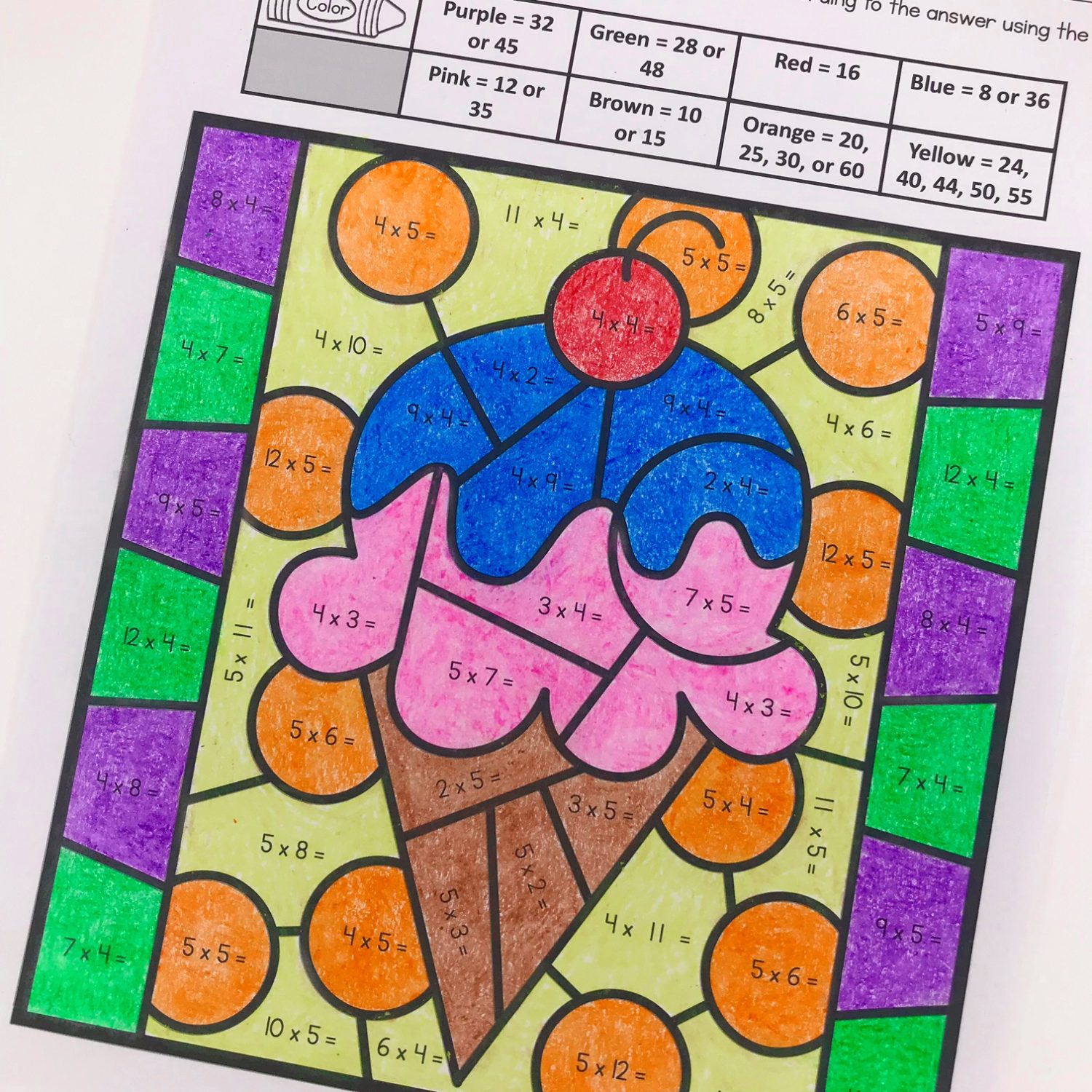Finding the time for your students to have extra math facts practice can be difficult. Your time is limited because of the demands of the math curriculum and the other subjects you teach. Here are five reasons you must make time to practice math facts.

Develop Flexibility with Math Facts Practice
No matter the type of basic facts (addition, subtraction, multiplication, or division), students must first have a conceptual understanding. Once that is in place, students are ready to use different strategies to solve these problems. Then it is time to practice.
One reason students need extra math facts practice is to develop the flexibility to use these different strategies. They will not use them unless they have extra time to practice. Most students need more practice than the math series will allow them to do.
Basic Facts Practice Develops Relationships
Students need math facts practice to develop the relationship between addition and subtraction or multiplication and division facts.
As an adult, my subtraction and most of my division facts are automatic. However, there are times, especially for division, when I have to relate it to a multiplication fact. For example, if the fact is 110 divided by 10, I have to relate it to 11 x 10 quickly. While the answer is not automatic, I still am able to quickly solve the problem because of my practice with relationships and fact families.
Our students need the time and practice to develop these relationships too. It is an important strategy for students to have time to master.
Math Facts Practice Develops Automaticity
If you ask most students, “what is 2 + 2?” They will automatically answer four. This is an example of automaticity. When facts are automatic, students do not have to think or reason to get an answer. They just automatically know it.
It takes time to develop automaticity, and there are a variety of ways to practice. One way my students love to practice is with color-by-number worksheets. Grab some free multiplication coloring sheets to try them out.
Another way to practice math facts is to play games. There are great reasons to play games in the classroom. Learning a rote skill by memory is an ideal skill for gameplay. There are tons of computer games to practice facts, but a board game is even better because you can personalize the learning experience, so they practice what they actually need to learn. Math games are a big hit with students. They love to play them, and it does give them the practice they need to develop automaticity.
A Step to More Complex Computation
Practicing math facts also will lead to more complex computations. A student who is fluent with 4 + 4 = 8 can easily make the jump to 40 + 40 = 80. Another example might be when they are fluent with 8 x 4 = 32, then they can be taught that 80 x 4 = 320. The knowledge of basic facts makes these more complex facts so much easier.
When I used to teach 4th grade, long division was the type of computation that was so difficult for students to master. It required them to be fluent in division, multiplication, and subtraction. When a student was fluent in subtraction and multiplication, it made it so much easier for them to compute the problems correctly.-
Build Accuracy
Regular practice helps to build accuracy in computation. As students do more complex or multi-step problems, small computation errors can really get in the way of getting the correct answer. The more basic facts that students know automatically, the less room there is for errors. Conceptual understanding is critical for higher math, but so is accuracy with computation. These multiplication color by number puzzles help to build accuracy.
Practice Daily
Computation fluency takes practice, and it is something that needs to be practiced daily. This can be basic facts or more complex computations. It only takes a few minutes each day, but your students will see so many dividends from daily practice!


